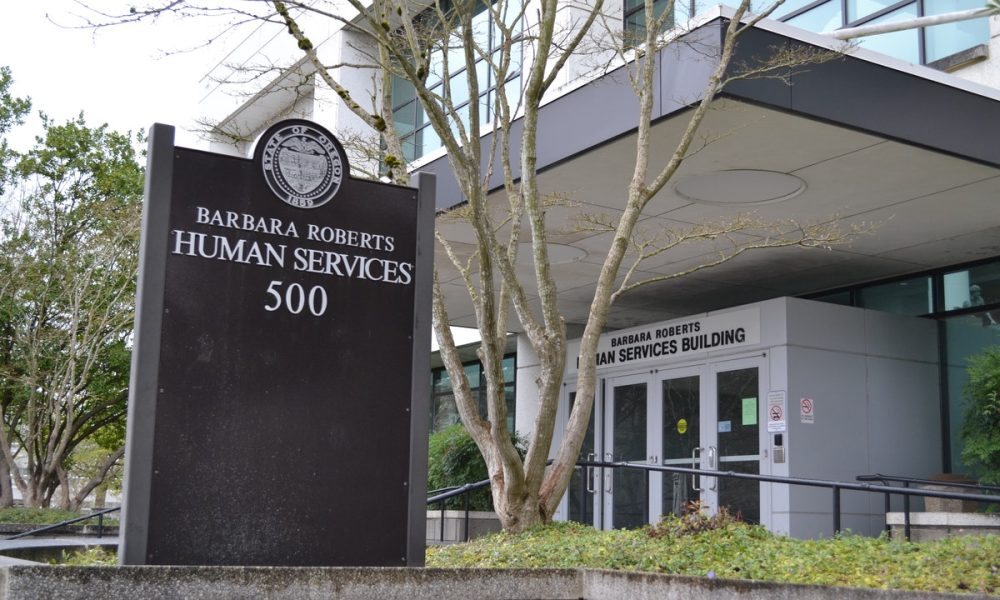
SALEM — Oregon is now housing 37 foster care children in out-of-state facilities, down from its peak of 88 in March.
A joint effort between the Oregon Health Authority, Department of Human Services and the Governor’s Office hopes to continue to reduce that by finding 15 more beds at in-patient facilities in Oregon by the end of the year.
The move is part of a greater goal to not house any children out of state, but there is no timeline to achieve that.
“That’s what we’re working towards,” said Kate Kondayen, Gov. Kate Brown’s spokeswoman. “It’s been a priority for the governor to make sure we have placement in Oregon.”
Kondayen referred all other questions to DHS.
[ KEEP YOUR LOCAL NEWS STRONG – SUBSCRIBE ]
Oregon’s foster care system has about 7,500 kids, but some need more treatment than what a standard foster home can provide. The state has struggled to find placement for those kids in Oregon, and has resorted to sending some out of state.
In response to frequent issues within the system, Brown created a “child welfare oversight board” and embedded executives from her staff into DHS. That board recommended finding 15 new beds.
The beds will be in “psychiatric residential treatment services” facilities where kids with severe psychiatric needs get 24-hour care. Since 2015, the state lost 67, or half, of these beds available to foster care kids, according to a joint report put out by OHA and DHS this year. The report found the state needed 38 additional beds in these facilities. The report called for 15 more beds by 2020, and another 15 by June 2020. So far, Brown has only called for the initial 15-bed increase.
Jake Sunderland, spokesman for DHS, said they had to start somewhere, but said there is no timeline to get all kids back in state.
“Our intention is to get that number down to zero and to do it in a way that doesn’t disrupt the current treatment that they are undergoing, but also part of that requires building more capacity within the system,” Sunderland said.
Sunderland stopped short of saying the state will no longer send kids out of state. That’s the goal, he said, but the state needs to have the facilities within the state to provide the level of care they need.
Some of the new beds could be filled by new kids entering the foster care system rather than bringing someone back from out of state. Also, not all kids brought back to Oregon would need to be in a psychiatric facility. Sunderland said some return to their family or enter a standard foster home as their level of need goes down.
State Sen. Sara Gelser, D-Corvallis, said she’s happy to see the increase, but doesn’t want DHS or Brown to view them as a “magic bullet.” Gelser has been a strident critic of the state’s practice of shipping foster kids out of state.
“I believe we also need substantial investments in therapeutic foster care and family supports,” Gelser said. “I would love for us to think of foster care as finding supportive, loving family networks rather than finding beds.”
In the spring, the state had 80 kids out of state evaluated and found 69 were receiving the appropriate level of care, six needed more care, two were receiving a higher level of services than necessary and evaluators were unable to come to a determination for five kids.
The kids are experiencing things like drug abuse, a history of committing sexual assault or other violent acts, repetitive trauma or other intellectual, behavioral and psychological issues.
However, some of the places where the state has sent kids have proved to be inadequate care providers. One example is Red Rock Canyon in St. George, Utah, which in May held 23 Oregon kids. But media reports describing reports of staff assaulting students, and a brawl, put pressure on the state to reduce its reliance on the facility. According to the Salt Lake Tribune, since 2017, police have been called to the facility 72 times, and 24 staffers were investigated for child abuse. By July, the state reduced the number of kids at Red Rock to 11, according to Oregon Public Broadcasting, and the facility said it would close by the end of the year. Sunderland said Oregon no longer has any kids there.
On Wednesday, Brown tasked DHS and OHA with securing new beds. Sunderland said that work is still in the process, but it will be completed by the end of the year.
The issue is Oregon doesn’t have many facilities to take these kids, Sunderland said.
“All of the kids that were placed at out of state facilities were placed because there wasn’t capacity for them within the Oregon system,” Sunderland said. “Nearly all of them with a few exceptions had really intensive treatment needs.”
Gelser said it’s important to make the investment in the overall foster care system to go alongside this so that kids in intensive treatment also have family support outside of the facility.
“Our current system structure does not reflect that, but I hope someday it can and will,” she said.
Sunderland agreed that adding new beds in psychiatric facilities does not fix the division’s issues.
“This isn’t the only thing that needs to be done,” he said. “There is more to do. There is more analysis to be done to identify the needs of Oregon’s most vulnerable children.”
Reporter Aubrey Wieber: [email protected] or 503-575-1251.









